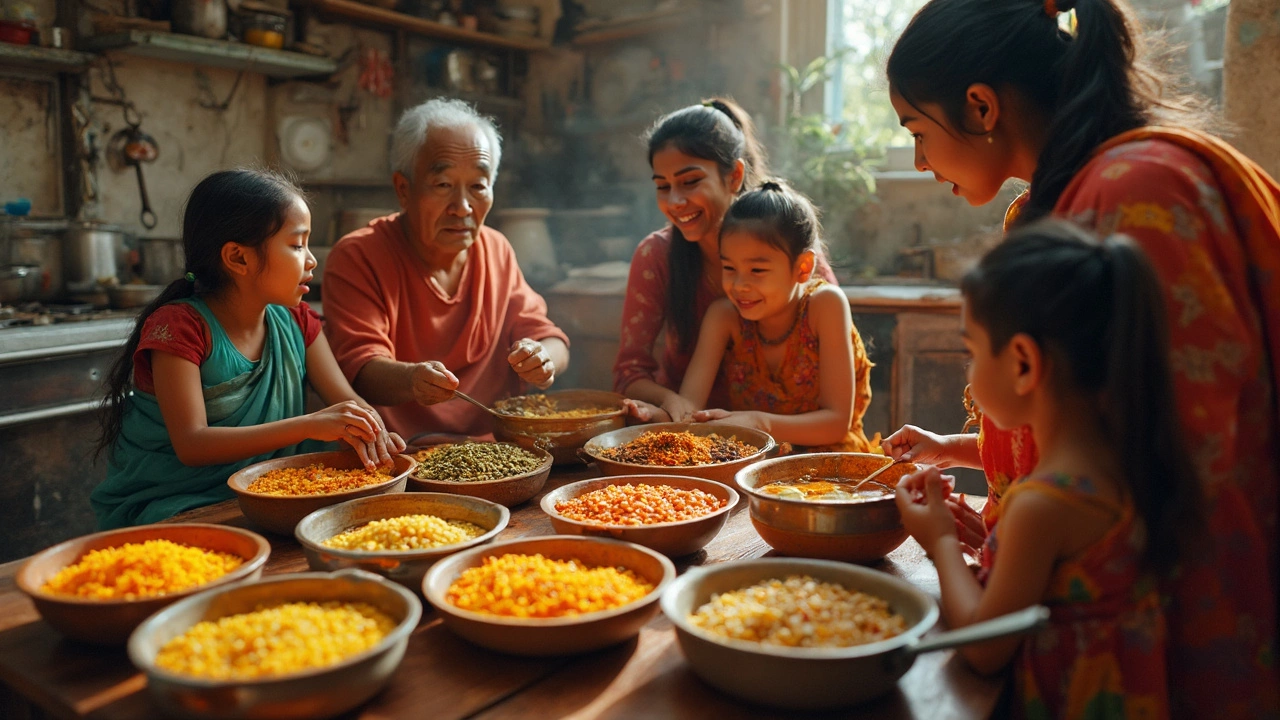Healthiest Dal: Find the Most Nutritious Indian Lentils
When working with healthiest dal, the lentil variety that delivers the highest protein, lowest glycemic impact, and a rich mix of vitamins and minerals for Indian meals. Also known as nutrient‑dense dal, it forms the backbone of many vegetarian plates. Understanding dal nutrition, the balance of protein, fiber, iron, folate, and antioxidants in each legume lets you choose a dal that supports muscle health, steady blood sugar, and gut health. Likewise, lentils, the broad family of pulses used across Indian kitchens vary widely in texture and nutrient density, so not every dal is created equal. This intro will walk you through the key factors that separate a regular dal from the truly healthiest option.
What Makes a Dal the Healthiest?
The healthiest dal usually scores high on three attributes: protein density, digestibility, and micronutrient richness. For protein, split‑red moong (green gram) and toor dal (pigeon pea) pack around 24‑25 g per 100 g cooked, rivaling animal‑based sources. In terms of digestibility, sprouted or pre‑soaked dal reduces antinutrients like phytates, making iron and zinc more absorbable. That’s why vegetarian protein, plant‑based protein that’s easy on the stomach and fits a meat‑free diet often relies on well‑soaked dal as a daily staple. Among common Indian varieties, split‑red moong, masoor (red lentil), and urad (black gram) rank top for micronutrients: they each supply at least 30 % of the daily iron requirement and significant folate levels. Soaking times matter—a quick 30‑minute soak can lower cooking time by 40 % and cut flatulence‑causing oligosaccharides, while an overnight soak maximizes nutrient bioavailability. Pairing dal with vitamin‑C‑rich foods like lemon or tomatoes further boosts iron uptake, turning a simple bowl into a powerhouse meal.
Beyond nutrition, the healthiest dal fits seamlessly into everyday cooking. It should hold its shape in soups, blend into creamy dals, and absorb spices without turning mushy. Techniques like tempering with mustard seeds, curry leaves, and a splash of ghee unlock additional antioxidants from the spices themselves. When you combine the right dal with smart cooking methods—soaking, proper water ratios, and finishing with a quick boil—you end up with a dish that fuels your body and pleases the palate. Whether you’re prepping a quick lunch, a family dinner, or a batch for meal‑prep, the choices highlighted in this collection will help you build balanced plates, keep blood sugar steady, and enjoy the authentic flavors of Indian cuisine without the guilt. Below you’ll find articles that dive deep into protein comparisons, soaking myths, regional dal favorites, and tips for turning any dal into a low‑calorie, high‑fiber star of the plate.

Which Dal Is Healthiest? A No-Nonsense Guide for Everyday Meals
Confused about which dal is best for your health? This article breaks down the nutritional facts behind popular dals in India—moong, masoor, toor, and chana. Get to know how they help your body, who should eat which dal, and simple tips to get the most nutrition in every bowl. Whether you’re cooking for yourself, your family, or kids, you’ll find clear advice here. Health gains, simple recipes, and surprising dal facts—all in one guide.